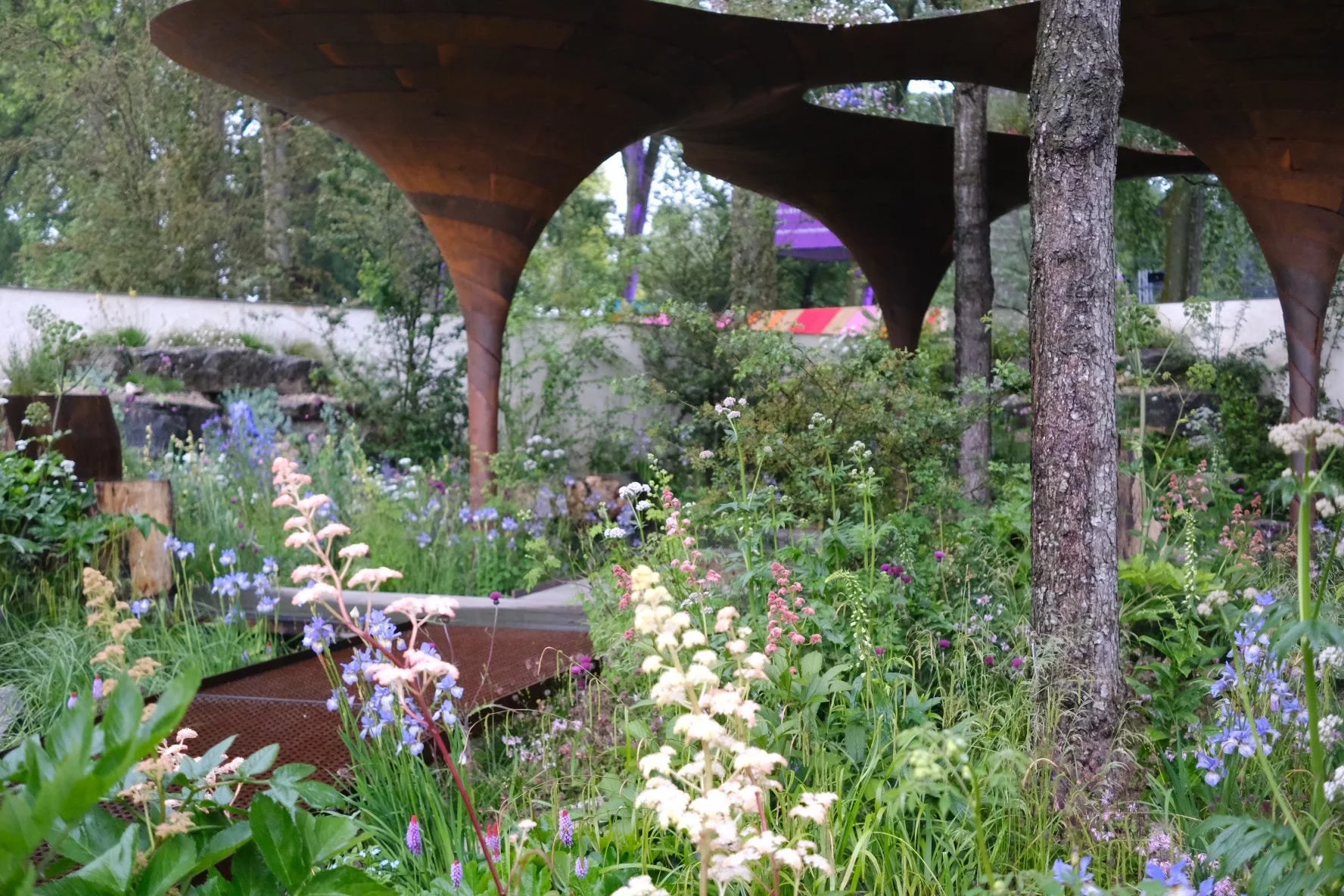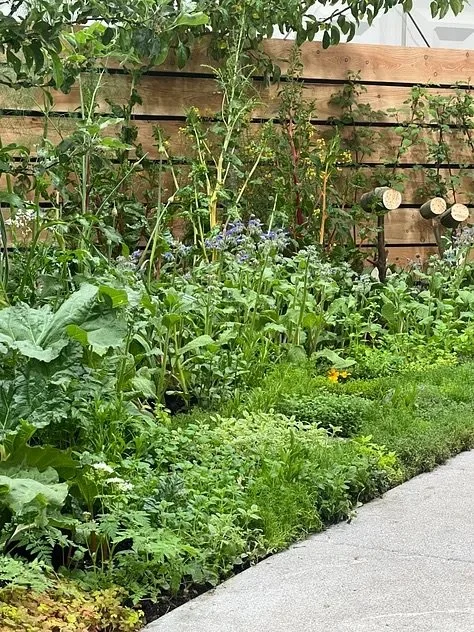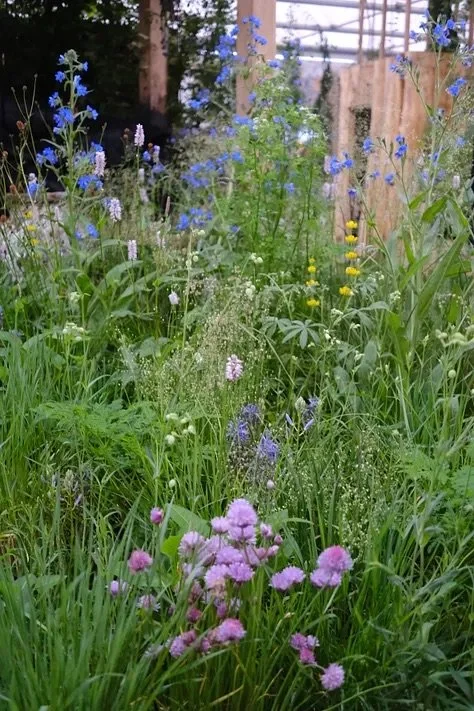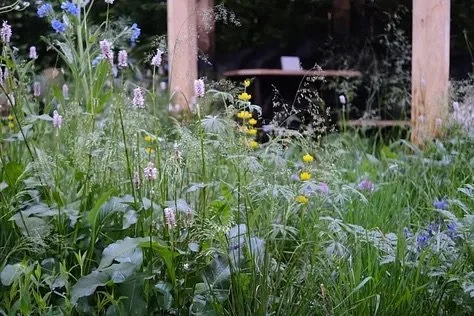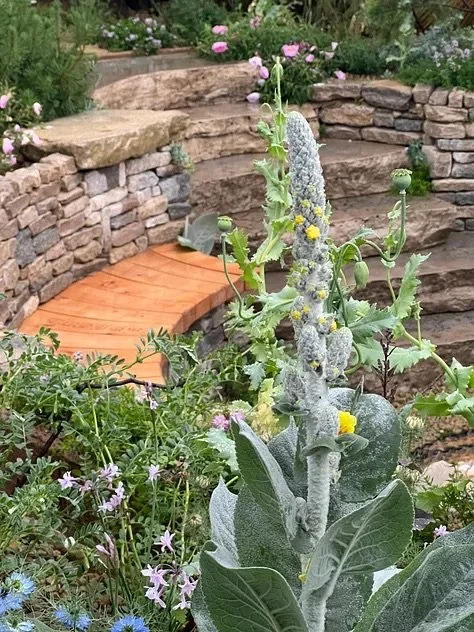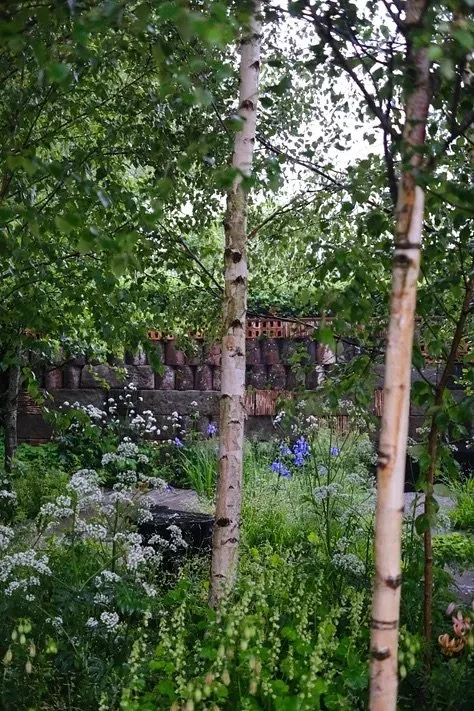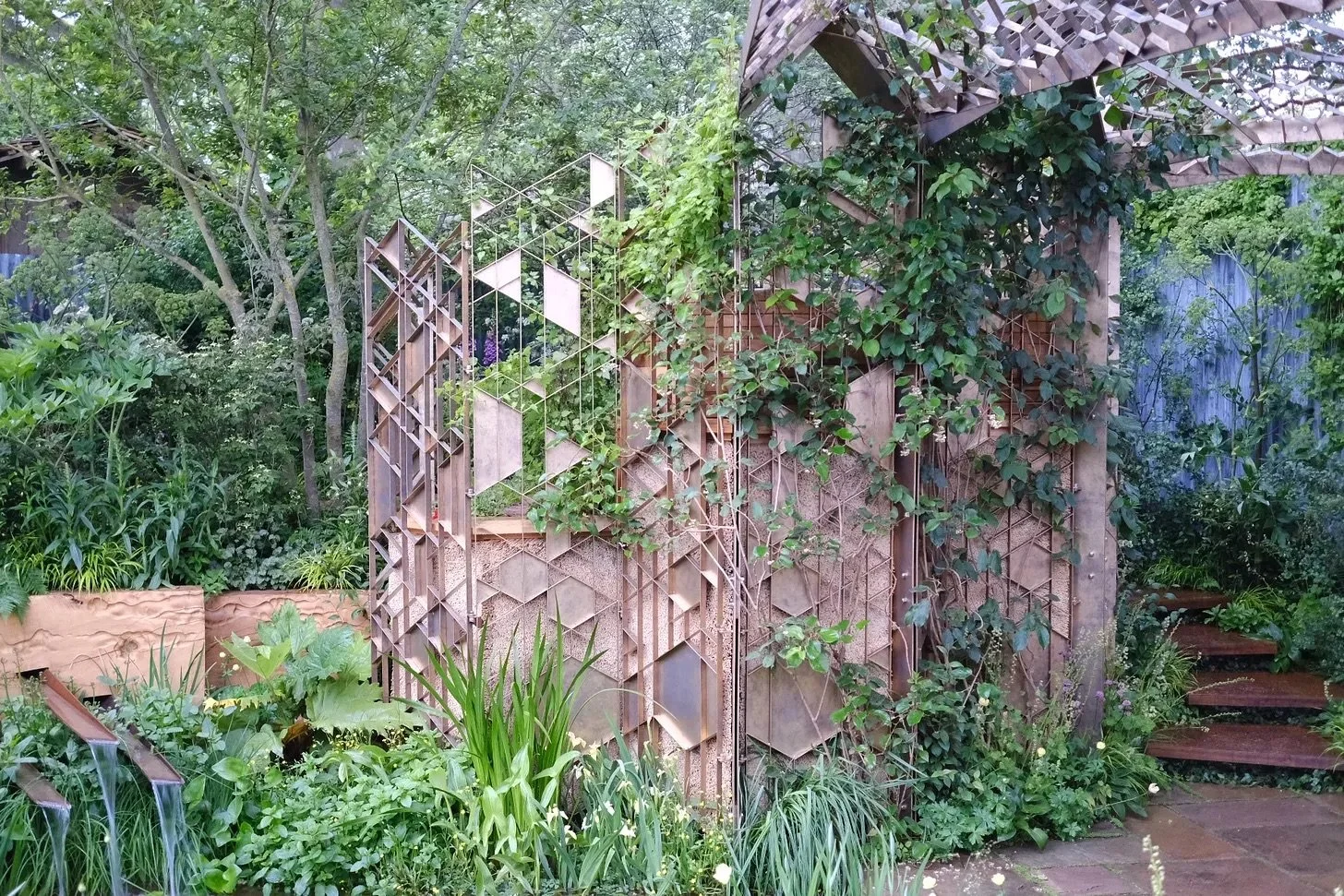RHS Chelsea Flower Show 2024
My year so far has been taken up with creating some beautiful gardens, details of which I will profile on here in due course, but I took time out to visit the Chelsea flower show last week (this is the first year that I haven’t volunteered at the show and boy did it feel weird!) SO much content, but here is my summary..
This year's RHS Chelsea Flower Show had an expected focus on sustainability, but pleasingly more focus was placed on tangible take home design aspects, more relatable to the everyday gardener and their space.
Wildflower planting was prominent and sustainable elements were showcased to demonstrate how they can be integrated into existing gardens. I loved the use of reused materials and ‘wonky’ trees, which helped create a more natural familiar aesthetic.
Water conservation took centre stage too, with many gardens promoting rainwater harvesting and storage. The stunning Water Aid garden, designed by Tom Massey and Je Ahn, had an extremely well thought out plant list for wet, moist/drained and dry areas (click for wateraid garden plant list), which served as a practical example for visitors, inspiring and demonstrating how they can incorporate similar elements into their own spaces. In fact this garden perfectly proved how all three areas can thrive and support each other to create a beautiful cohesive space.
The connection between nature and mental well being was also a strong theme, exemplified by the healing goodness of forest bathing in Ula Maria’s wonderfully designed Muscular Dystrophy Garden (click here for tips on creating a forest bathing garden), as well as the fantastic edible meadow in the Microbiome Garden, designed by Chris Hull and Sid Hill (click for microbiome garden plant list).
The power of community gardening and shared space was celebrated in the Octavia Hill Garden designed by Ann-Marie Powell; another positive movement that is becoming stronger, more resourceful and popular (click here for more information on Octavia Hill). Something that I am involved with in my own town.
Planting palettes, while similar across many gardens, reflected a positive design ethos: a focus on biodiversity, water conservation and environmental responsibility. This approach exemplifies true nature-led design with a human centre, designing gardens that prioritise the well being of both nature and the people who use them.
I have so many takeaways from so many aspects that correlate to residential garden design, I just can’t wait to share with my clients. In fact the sheer volume of well designed and thought out gardens this year contributed to the overall vibe at the show and it felt slower, calmer, more ‘in tune’, more relatable and humanised than ever.

